Trichosanthes kirilowii
Trichosanthes kirilowii
1. The products in our compound library are selected from thousands of unique natural products; 2. It has the characteristics of diverse structure, diverse sources and wide coverage of activities; 3. Provide information on the activity of products from major journals, patents and research reports around the world, providing theoretical direction and research basis for further research and screening; 4. Free combination according to the type, source, target and disease of natural product; 5. The compound powder is placed in a covered tube and then discharged into a 10 x 10 cryostat; 6. Transport in ice pack or dry ice pack. Please store it at -20 °C as soon as possible after receiving the product, and use it as soon as possible after opening.
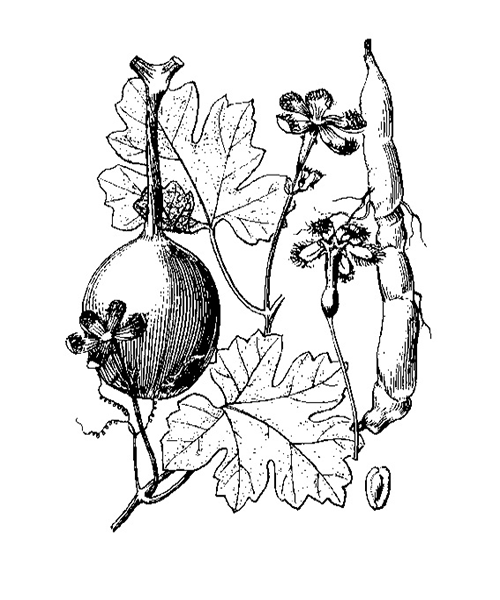
Natural products/compounds from Trichosanthes kirilowii
- Cat.No. Product Name CAS Number COA
-
BCN5989
Fumaric acid110-17-8
Instructions
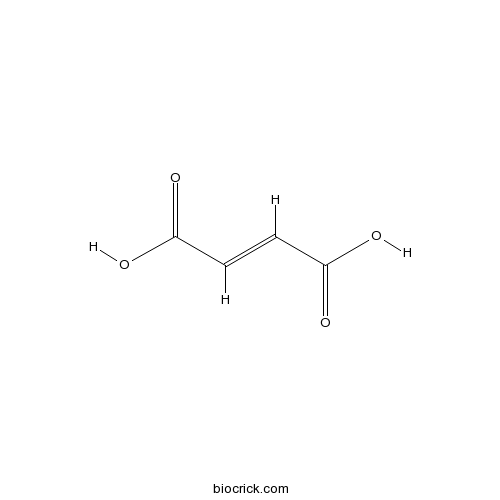
-
BCN5328
Diosmetin-7-O-beta-D-glucopyranoside20126-59-4
Instructions
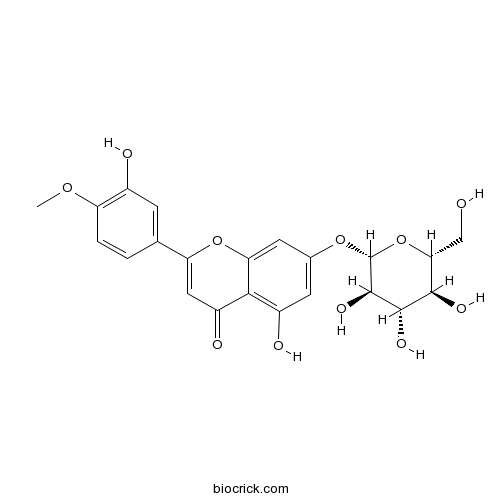
-
BCN2356
Diosmetin520-34-3
Instructions

-
BCN5658
Apigenin520-36-5
Instructions

-
BCN5738
Paeonol552-41-0
Instructions

-
BCN5796
Adenosine58-61-7
Instructions
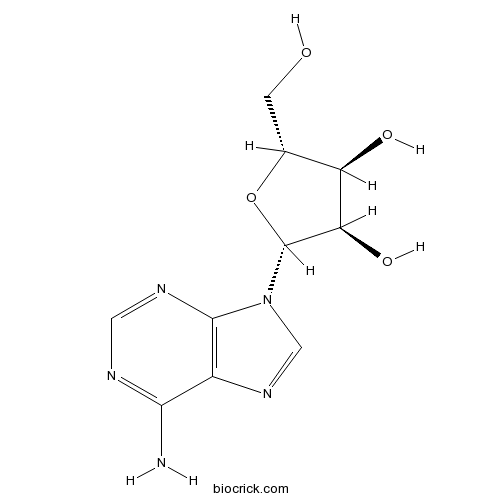
-
BCN5919
Cucurbitacin B6199-67-3
Instructions

-
BCN4226
5-Hydroxymethylfurfural67-47-0
Instructions

-
BCN8533
Cytosine71-30-7
Instructions

-
BCN8414
Guanine73-40-5
Instructions

-
BCN4376
Stigmasterol83-48-7
Instructions
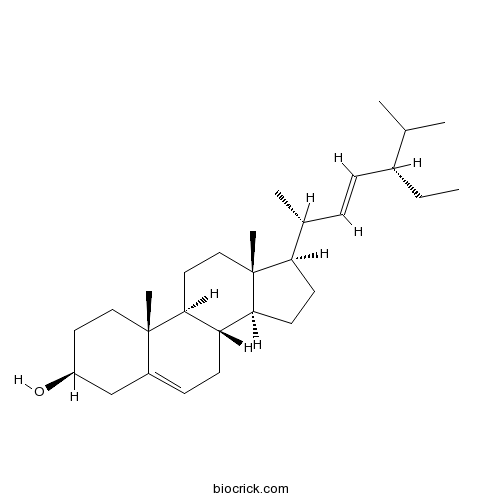
-
BCN2717
3,29-Dibenzoyl karounitriol873001-54-8
Instructions
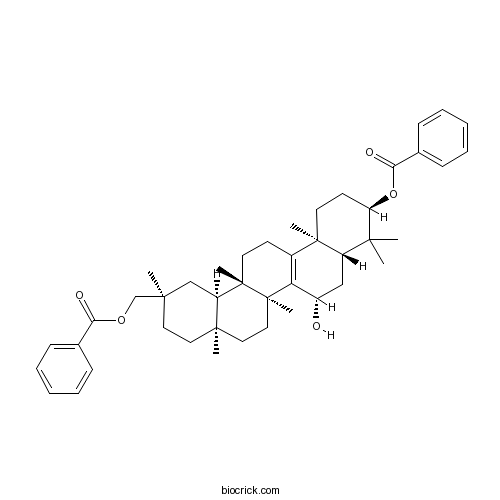
Analysis of Fatty Acids in Trichosanthes kirilowii Maxim by MSPD and Fluorescence Derivatization.[Pubmed: 29982360]
The extraction and analysis of free fatty acids (FFAs) in the whole natural plants are reported. The aminopropyl-functionalized SBA-15 was designed to increase the efficiency of the matrix solid-phase dispersion (MSPD) extraction method. MSPD extraction was performed using to extract FFAs via acid-base interactions. The optimum parameters for the MSPD extraction were N-SBA-15 30 mg, grinding time 120 s and elution solvent methanol-HCl (6:4, v/v). After extraction, the FFAs were analyzed by HPLC with fluorescent labeling. The reaction of the labeling agent, 2-(9-oxoacridin-10(9 H)-yl) acetohydrazide, with FFAs proceeded easily and quickly (within 20 min) in the presence of 1-ethyl-3-(3-dimethylaminopropyl) carbodiimide hydrochloride as the condensing agent. The derivatives had excellent fluorescence properties with excitation and emission wavelengths of 260 and 430 nm, respectively. Good linear correlations were observed for all FFAs, with correlation coefficients >0.996. When 20 mg of sample were used for the analysis, the detection limits at a signal-to-noise ratio of 3 were in the range 0.21-1.20 μg g-1. The FFAs in the roots, stems, leaves and peel of Trichosanthes kirilowii Maxim were determined using the developed method.
Trichosanthis Fructus: botany, traditional uses, phytochemistry and pharmacology.[Pubmed: 29842965]
Trichosanthis Fructus (ripe fruits of Trichosanthes kirilowii Maxim. and Trichosanthes rosthornii Harms) is an essential traditional Chinese medicine to treat thoracic obstruction, angina, cardiac failure, myocardial infarction, pulmonary heart disease, some cerebral ischaemic diseases, etc. The present report reviews the advancements in research on the botany, traditional uses, phytochemistry and pharmacology of Trichosanthis Fructus. Finally, perspectives on future research and its possible directions are discussed.
Evaluation of root-knot nematode disease control and plant growth promotion potential of biofertilizer Ning shield on Trichosanthes kirilowii in the field.[Pubmed: 29229529]
Biofertilizer Ning shield was composed of different strains of plant growth promotion bacteria. In this study, the plant growth promotion and root-knot nematode disease control potential on Trichosanthes kirilowii in the field were evaluated. The application of Ning shield significantly reduced the diseases severity caused by Meloidogyne incognita, the biocontrol efficacy could reached up to 51.08%. Ning shield could also promote the growth of T. kirilowii in the field by increasing seedling emergence, height and the root weight. The results showed that the Ning shield could enhance the production yield up to 36.26%. Ning shield could also promote the plant growth by increasing the contents of available nitrogen, phosphorus, potassium and organic matter, and increasing the contents of leaf chlorophyll and carotenoid pigment. Moreover, Ning shield could efficiently enhance the medicinal compositions of Trichosanthes, referring to the polysaccharides and trichosanthin. Therefore, Ning shield is a promising biofertilizer, which can offer beneficial effects to T. kirilowii growers, including the plant growth promotion, the biological control of root-knot disease and enhancement of the yield and the medicinal quality.


